The 9 Most Overly Dramatic Dog Breeds
Several types of dogs seem totally fine with being left alone for a while. But there are some that will not hesitate to let you know, loudly and repeatedly, that this was not okay. Here we have some of these canines—the ones that whine, pout, bark, or stage a sit-in just to express their feelings. Their reactions feel human, which makes them funny, frustrating, and oddly relatable.
Chihuahua

Credit: pexels
You’ll rarely find a dog this small with reactions this big. The Chihuahua uses its voice, eyes, and body to express disapproval, mostly with dramatic flair. Bred as companion animals, they form strong attachments to one person and demand constant presence. Their reactions to being ignored can involve growling, barking, or sulking.
Siberian Husky

Credit: pexels
The vocal range of the Siberian Husky can take owners by surprise. They produce long howls, groans, and yelps that sound more like conversation than barking. These dogs were once used to pull sleds over long distances and still need plenty of exercise and stimulation.
Pug
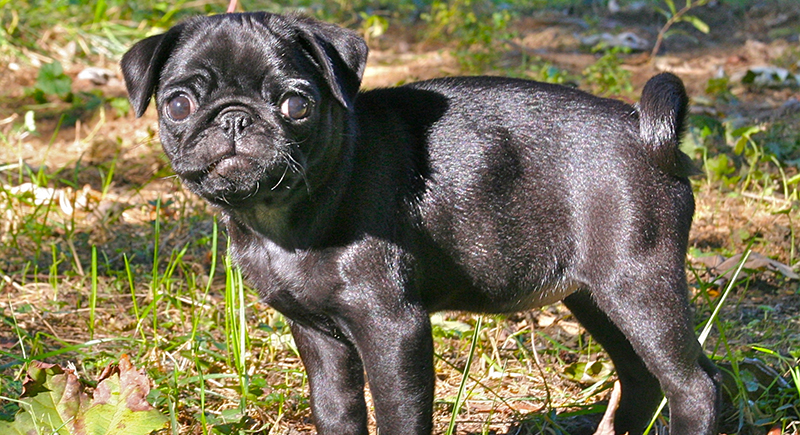
Credit: Wikimedia Commons
These dogs, with their wide, expressive eyes and tendency to vocalize through grunts, excel at making their needs known. Pugs don’t react well to being left out of family life and will often protest through body language. Their theatrics usually draw laughter instead of discipline.
French Bulldog
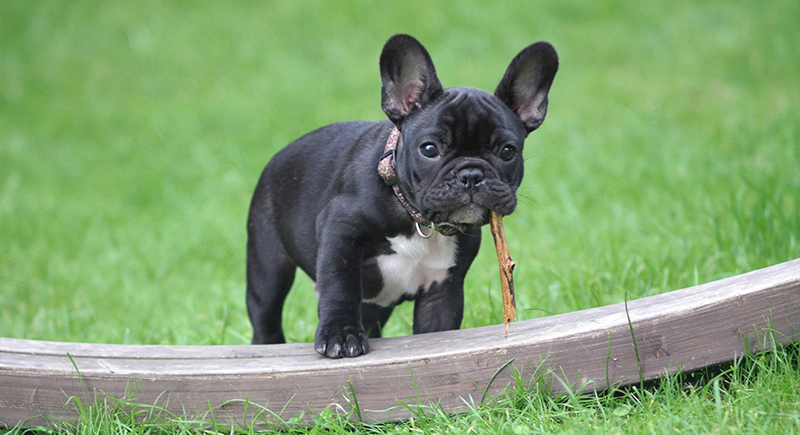
Credit: pexels
Despite their small stature, French Bulldogs often act like disgruntled celebrities. Their signature behavior includes flopping to the ground during walks, turning their backs when ignored, and sighing like it’s personal. Their personality, though entertaining, tends to come with a heavy dose of resistance and subtle protest.
Dachshund
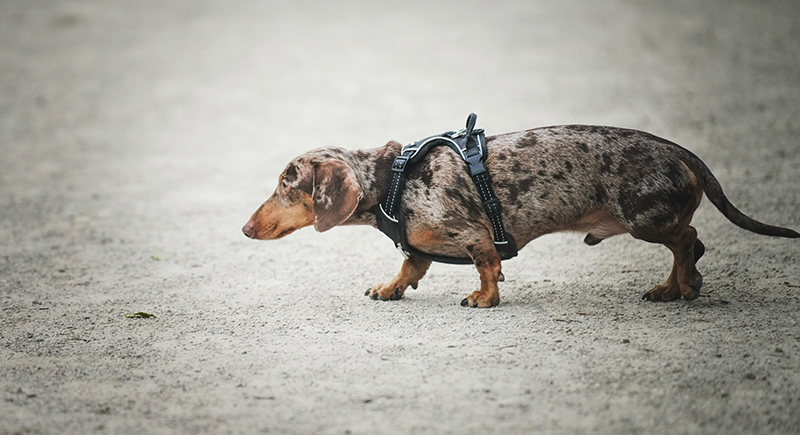
Credit: pexels
If you raise your voice or move them from a favorite spot, expect immediate backlash. Dachshunds don’t let things go without a fight. They’ll glare, or flat-out pretend you’re not there. These canines react strongly to being corrected or denied, typically turning small moments into drawn-out protests.
Cocker Spaniel
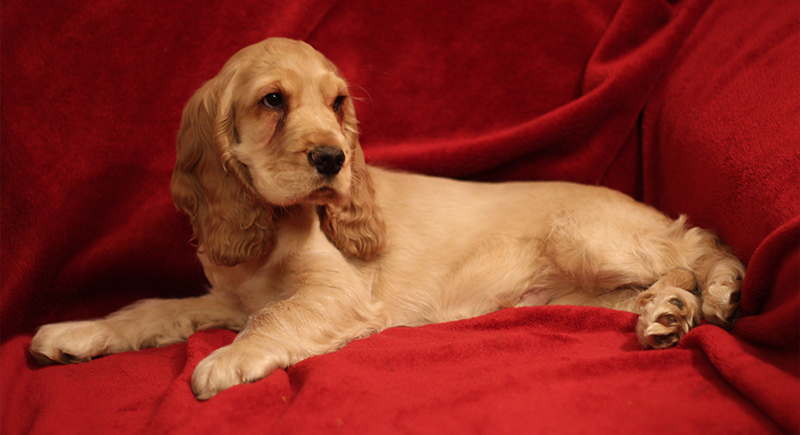
Credit: Wikimedia Commons
Gentle, predictable handling will keep your Cocker Spaniels grounded. On the other hand, harsh tones or sudden corrections tend to shut them down, causing them to avoid or experience emotional withdrawal. If you do not provide them with calm direction and structure, they become moody and hesitant to interact.
Great Dane

Credit: pexels
Size doesn’t stop a Great Dane from expressing emotional distress like a child who missed nap time. Often referred to as gentle canines, they tend to follow their people around the house and visibly mope if left out. They may groan loudly when not allowed on the couch or slouch after being corrected.
Beagle

Credit: pexels
Long bays echo through the house if a Beagle misses a walk or loses access to an interesting scent. Research confirms that scent hounds vocalize more during delayed gratification or interrupted tracking. That instinct is rooted in generations of field work and doesn’t fade indoors.
Pomeranian
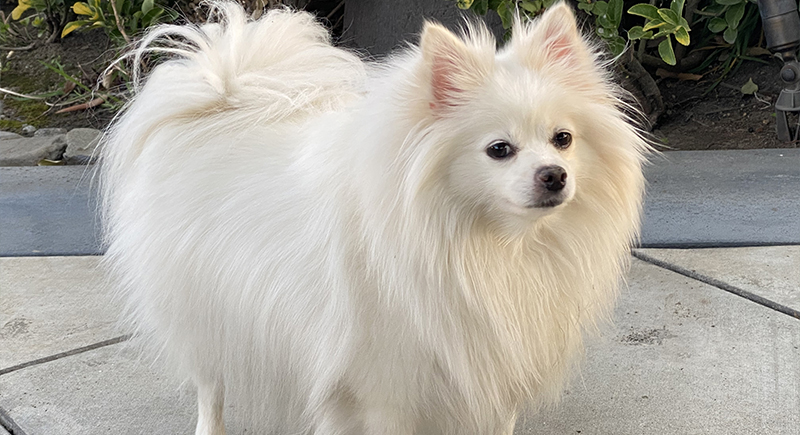
Credit: Wikimedia Commons
Dramatic reactions come naturally to Pomeranians, and they rarely miss a chance to put on a show. Barking erupts the moment they’re not the center of attention, and it tends to continue until someone acknowledges them. They spin in circles when excited, stomp tiny paws when impatient, and sometimes bark at furniture.
Poodle
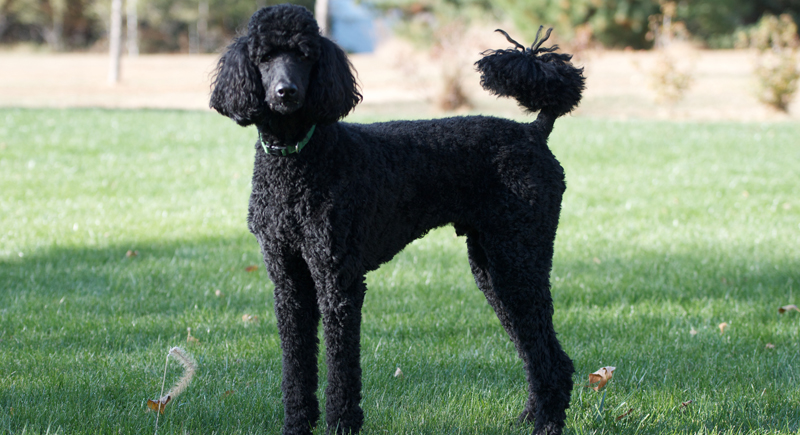
Credit: Wikimedia Commons
Highly trainable and exceptionally smart, the Poodle reacts to boredom or confusion with clear emotional signals. They may withdraw, ignore commands, or exaggerate their frustration through pacing or vocalizations. According to behavior studies, mental enrichment is essential to keep their moods steady.
Basset Hound
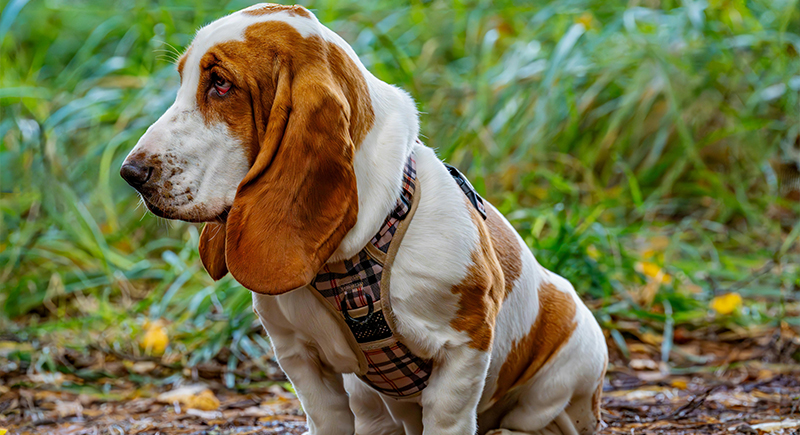
Credit: pexels
Instead of barking or acting out, Basset Hounds stall, turn slowly, and sigh with exaggerated effort. If asked to come inside or leave a scent trail, they pause and appear uninterested, sometimes refusing altogether. Their long, low posture and droopy face only add to the effect.
Boxer
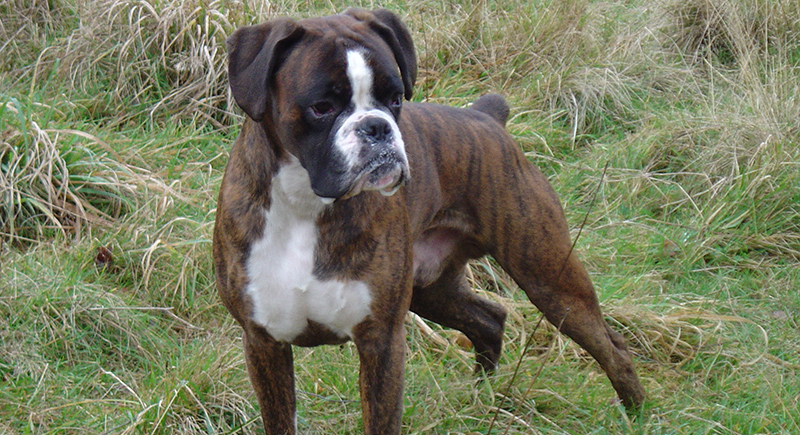
Credit: Wikimedia Commons
Excitement, frustration, and boredom all come out physically in Boxers. Expect jumping, flailing paws, or sudden running bursts known as zoomies. While they bring a lot of energy into a home, they may start to sulk in corners or bark excessively when not included. Their tendencies can only improve with exercise and consistent training.
Shih Tzu
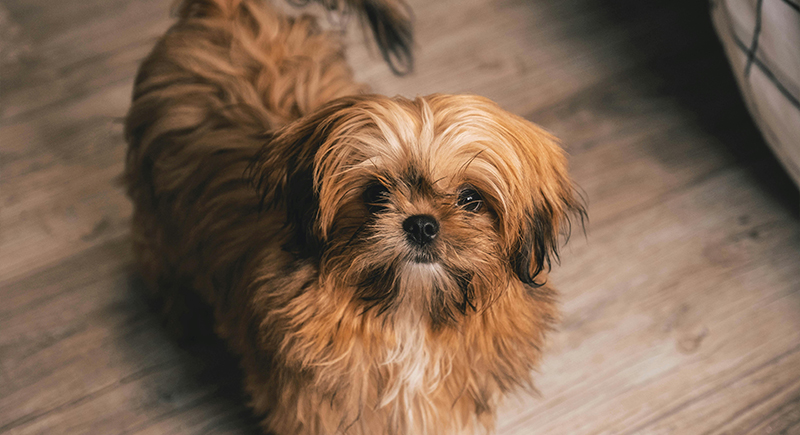
Credit: pexels
Predictable routines and close physical contact keep Shih Tzus content. They do best in calm environments where they aren’t on their own for long stretches. When their needs for attention or consistency aren’t met, they act out in subtle but clear ways. Common behaviors include turning their backs on people, hiding under furniture, or refusing meals.
Yorkshire Terrier
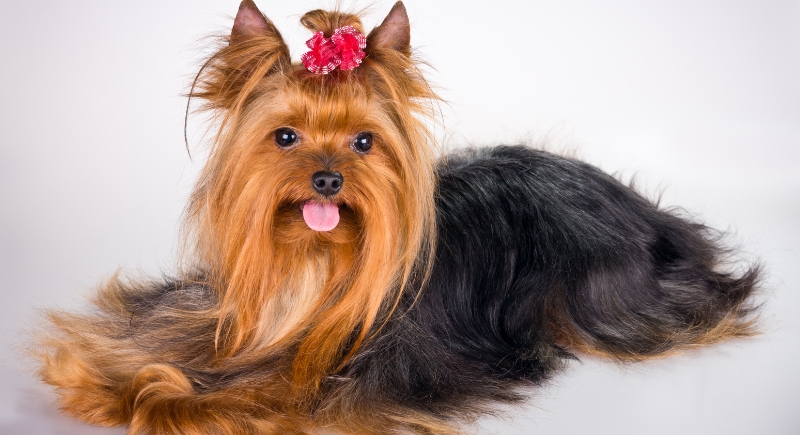
Credit: Getty Images
Meltdowns over small changes are common with Yorkshire Terriers, who can sometimes behave like the star of a one-dog show. One unusual trait of theirs is that they might fake being injured after being scolded or overlooked. You’ll see them limping briefly or whining, then recovering the second the attention returns.
Golden Retriever

Credit: Getty Images
This breed gets emotionally affected by disapproval more than most. The Golden Retriever has a long-standing reputation for being friendly and easygoing, but it doesn’t like disappointing its humans. When corrected, they respond with visible guilt—hanging their heads, avoiding eye contact, or retreating slowly. Their enthusiasm is genuine, but so is their tendency to dramatize failure.